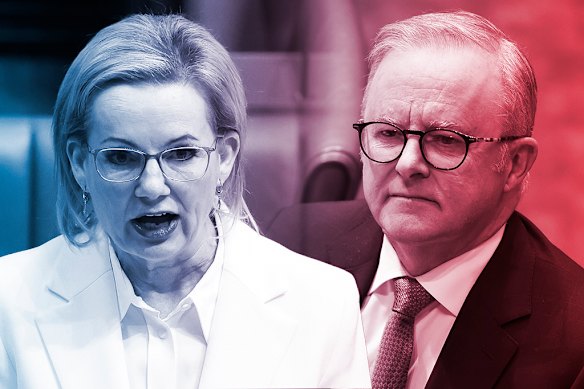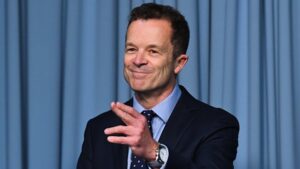
Support for the Labor Party, led by Anthony Albanese, has reached its highest level in two years following his election victory. A recent poll indicates that voters perceive the government as addressing the right issues, contributing to a growing approval rating for the party. The Resolve Political Monitor reveals that Labor’s support has increased by two points over the past month, currently standing at 37 percent, the highest since just before the Voice referendum in October 2023.
The Coalition, led by Sussan Ley, has maintained a steady primary vote at 29 percent, with the Greens also unchanged at 12 percent. Notably, the increase in Labor’s primary vote has come at the expense of minor parties, excluding One Nation, which has risen to 9 percent, nearly three points higher than its federal election outcome.
Labor Expands Lead Over Coalition
On a two-party preferred basis, Labor has widened its lead over the Coalition to 59-41, reflecting a four-point increase since the May election. If these results were replicated in a national election, Labor could potentially gain seats in traditionally Coalition-held electorates, including Longman in Queensland, La Trobe in Victoria, and Forrest in Western Australia.
According to Jim Reed, director of Resolve Strategic, Labor is currently in a strong position with its expanded primary and two-party preferred vote. He noted that while the Coalition has not lost ground, it has yet to make any significant progress. Despite the favorable numbers for Labor, Reed pointed out that Albanese is facing challenges on a personal level, contrasting with Ley’s rising popularity among voters.
Voter Sentiment and Leadership Dynamics
The survey, which polled 1,800 individuals, illustrates a complex landscape in Australian politics. Voter sentiment suggests that while Labor enjoys a boost in support, the Coalition’s leadership, particularly Ley and her deputy Ted O’Brien, is resonating well with the public. Ley has been ranked as the most likable member of parliament, enhancing the Coalition’s image during a critical period.
As the political landscape evolves, the findings from the Resolve Political Monitor provide crucial insights into voter preferences and party dynamics. With the next election on the horizon, both parties will need to navigate these shifting sentiments carefully as they prepare for the challenges ahead.







